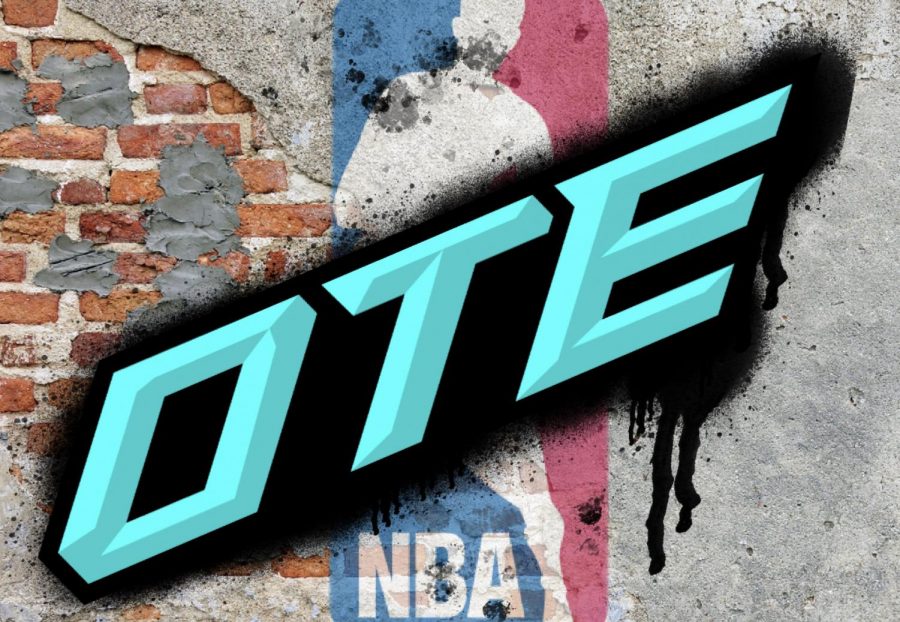The NCAA’s New Competitor
Overtime Elite
The rise of high school professional basketball may soon take over.
October 30, 2021
For decades, the National Collegiate Athletic Association’s (NCAA) heavy restrictions on college basketball players’ income have been a topic of debate, so much so that some high school prospects avoid college basketball altogether. With the addition of new leagues like Overtime Elite, the NCAA’s grip on young players may weaken even more.
The National Basketball Association (NBA) only allows players 19 and older to enter the draft, and they must be, according to sports writer Benjamin Bock of SnoQap, “at least one year removed from the graduation date of their high school class.” This rule has led to a phenomenon known as the “one and done,” where high school prospects attend a single year at a university in order to remain competitive as they wait for the draft. However, “one and done” players that do this are subject to the rules of the NCAA—which has long been against its players receiving income from basketball during college. In fact, the NCAA only lets players profit off of likeness, like jersey sales and video game deals, starting this year. Because of this limitation, players looking to make it to the NBA have sought out other options in their “gap” year.
The NBA’s own minor league, “the G league,” has started to become one of these options in recent years. Unlike college basketball, the G league provides a salary for all its players and has no limit on the money its players can earn from their likeness. On top of that, the minimum age to enter the G league is 18, making it possible for players fresh out of high school to play. Still, G league teams lack basketball prestige due to them operating in the NBA’s shadow, thus receiving less media attention. Because of this, the G league is not ideal for players trying to make a name in basketball.
Other players opt to go overseas and play in foreign professional leagues that don’t have the NBA’s age restrictions. Notably, LaMelo Ball signed with the Hawks of Australia’s National Basketball League. LaMelo went on to be 3rd pick in the 2020 NBA draft. However, the lack of recognition that foreign leagues garner among NBA scouts turns many players away from this path and towards collegiate basketball.
This is where the sports media company, Overtime, offers a new option with its new league: Overtime Elite. The league, whose players are among the top high schoolers in the country, is composed of three teams, each with eight players. Overtime Elite league is based in Atlanta, Georgia, at a custom-built facility that serves as a gym and school for its athletes. Here, players receive a minimum six-figure salary; they’re also allowed to profit from sponsorships and their own likeness. Moreover, Overtime Elite provides $100,000 towards players who wish to pursue a college degree.
While gap years, the G league, and options overseas have little appeal to players seeking to avoid NCAA’s restrictive rules, Overtime Elite may be the solution. Although the program only hosts 24 players, its undeniable success puts pressure on the NCAA to relax its rules. This new league is paving the way for future professional high school basketball leagues to launch at larger scales, as the NCAA loses its grip on top prospects. Unless the NCAA makes drastic changes soon, the rise of high school professional basketball may soon take over.
This article also appears in our October 2021 print edition.











